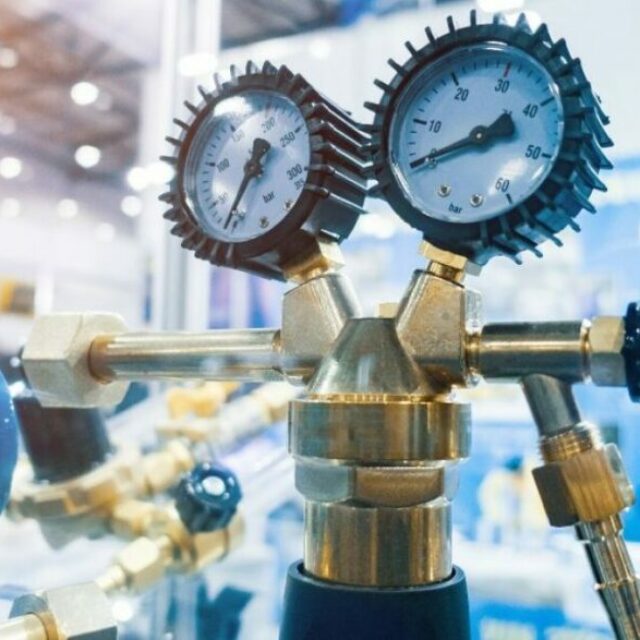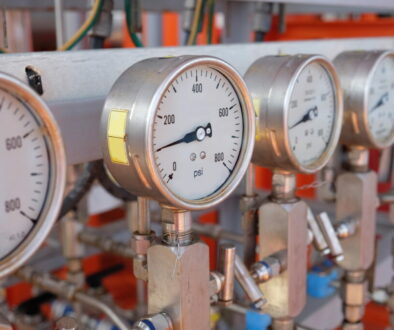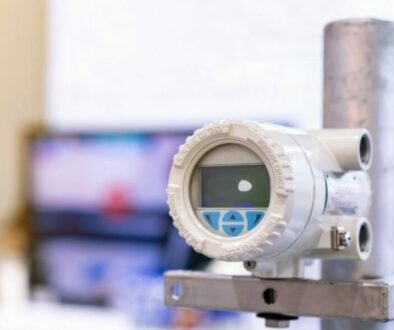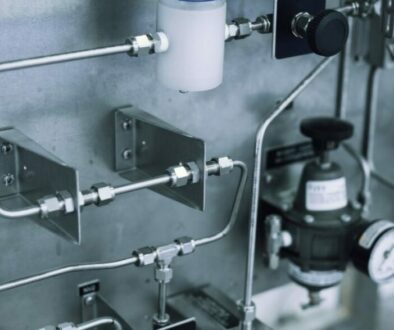How Mass Flow Meters Help Hospitals Save on Medical Gases
Hospitals are under constant pressure to control costs. They need constant replenishment of supplies, and the cost incurred can trend on the high side. Medical-grade items are more expensive than what the general public buys. Monitoring how resources are used and where savings can be made is a constant struggle. One of the largest expenses for a hospital is the purchase of medical gases like oxygen, nitrogen, medical air, and nitrous oxide. The usage and consumption of the gases is usually not monitored or measured, and when it is, the person responsible will make a rough estimate that may be wildly inaccurate. They will rely on the rate at which the gas is used or how long the tank lasts to determine the rate the gas is being used. Read on to learn how mass flow meters help hospitals save on medical gases.
Why Estimating Is a Problem
Monitoring gas usage by guessing based on how long the tank has been in use is flawed. The amount of gas in the tank isn’t known. Hospitals take it on faith that the supplier filled the tank to capacity, but they don’t know for sure. Gas levels vary tank by tank, so knowing the starting point is important. Total gas consumption and peak times of consumption are not accurately tracked with this method, and neither is the point of consumption. Tanks are leaky if not sealed properly and gas could be filling a room without anyone knowing it. Mass flow meter monitoring of gases is the best way to know the rate of consumption.
Mass Flow Meters for Control and Tracking
Mass flow meters help hospitals save on medical gases by accurately monitoring how much gas is being used. Mass flow meters measure and display the flow rate, volumetric flow rate, gas temperature, atmospheric pressure, and gas pressure. The touch screen interface allows for immediate customization in seconds. Four different sensors measure flow with the help of a pneumatic proportional valve, automatically adjusting the output if there are any fluctuations with the gas input and maintaining the desired flow. All of this allows hospitals to know exactly how much gas they have on hand at any given time. They can monitor the specific usage, where the gas is being used, and how much is being used for certain applications. Knowing the consumption rate allows hospitals to adjust their expenses and trim the budget if necessary.




